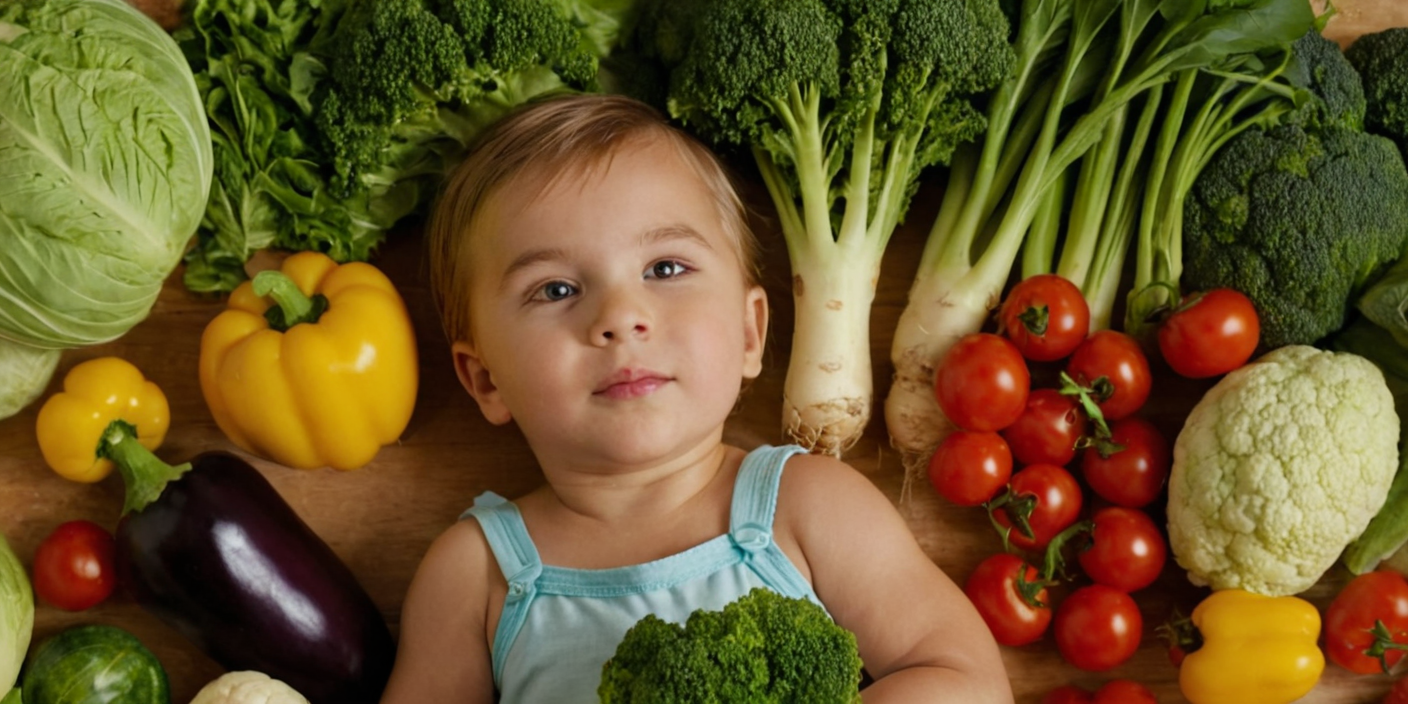What vegetables are good for children under 6 to eat?

Children under 6 benefit from a variety of vegetables that provide essential nutrients for growth, development, and overall health.
👉Here are some vegetables that are particularly good for young children:
1. Carrots
- Nutrients: High in vitamin A (beta-carotene), good for eye health.
- Serving Tips: Steam or roast to soften, or offer raw carrot sticks for older kids with safe chewing habits.
2. Sweet Potatoes
- Nutrients: Rich in vitamins A and C, fiber, and potassium.
- Serving Tips: Mash, roast, or cut into small, soft cubes.
3. Broccoli
- Nutrients: Loaded with vitamins C, K, and fiber; contains antioxidants.
- Serving Tips: Steam until tender or chop finely and mix with other foods like pasta or rice.
4. Spinach
- Nutrients: High in iron, calcium, and vitamins A and C.
- Serving Tips: Add to smoothies, scrambled eggs, or blend into sauces for an easy way to incorporate spinach.
5. Peas
- Nutrients: Good source of protein, fiber, and vitamins A, C, and K.
- Serving Tips: Serve steamed or mix into soups, casseroles, or rice.
6. Bell Peppers 
- Nutrients: High in vitamin C, vitamin A, and antioxidants.
- Serving Tips: Serve raw as sticks or cook in stir-fries and sauces.
7. Cauliflower
- Nutrients: Contains vitamin C, fiber, and antioxidants.
- Serving Tips: Roast, steam, or mash; it can also be added to soups and pasta.
8. Zucchini
- Nutrients: Rich in fiber, vitamins A, C, and potassium.
- Serving Tips: Slice thinly and grill, sauté, or bake; great in veggie fritters.
9. Green Beans
- Nutrients: Good source of fiber, vitamin K, and folate.
- Serving Tips: Steam or sauté for a soft, child-friendly texture.
10. Pumpkin
- Nutrients: High in vitamin A and fiber.
- Serving Tips: Mash, bake, or use in soups and smoothies.
11. Cucumber
- Nutrients: Hydrating with small amounts of vitamins K and C.
- Serving Tips: Serve sliced or chopped for a refreshing snack.
12. Butternut Squash
- Nutrients: Rich in vitamin A, vitamin C, and fiber.
- Serving Tips: Roast or mash; also great in soups or mixed with grains like rice.
13. Beets
- Nutrients: High in fiber, vitamin C, and antioxidants.
- Serving Tips: Roast and puree or serve thinly sliced.
14. Tomatoes
- Nutrients: Contain vitamin C, potassium, and antioxidants like lycopene.
- Serving Tips: Serve fresh, chopped in salads or cooked in sauces.
15. Avocado
- Nutrients: Rich in healthy fats, fiber, potassium, and vitamins E and C.
- Serving Tips: Mash or slice for easy consumption, or spread on toast.
16. Corn
- Nutrients: Contains fiber, vitamin C, and B vitamins.
- Serving Tips: Serve steamed or mixed into salads or casseroles.
Important Considerations:
- Choking Hazards: For young children, always ensure vegetables are cut into small, bite-sized pieces and cooked to a soft texture to avoid choking hazards.
- Variety and Introduction: Introduce a wide range of vegetables to develop varied taste preferences and ensure balanced nutrition.
- Allergies and Sensitivities: Always check for potential allergies or sensitivities, especially when introducing new foods.
Offering a colorful variety of vegetables helps ensure that children under 6 receive a broad spectrum of nutrients for their growing bodies.